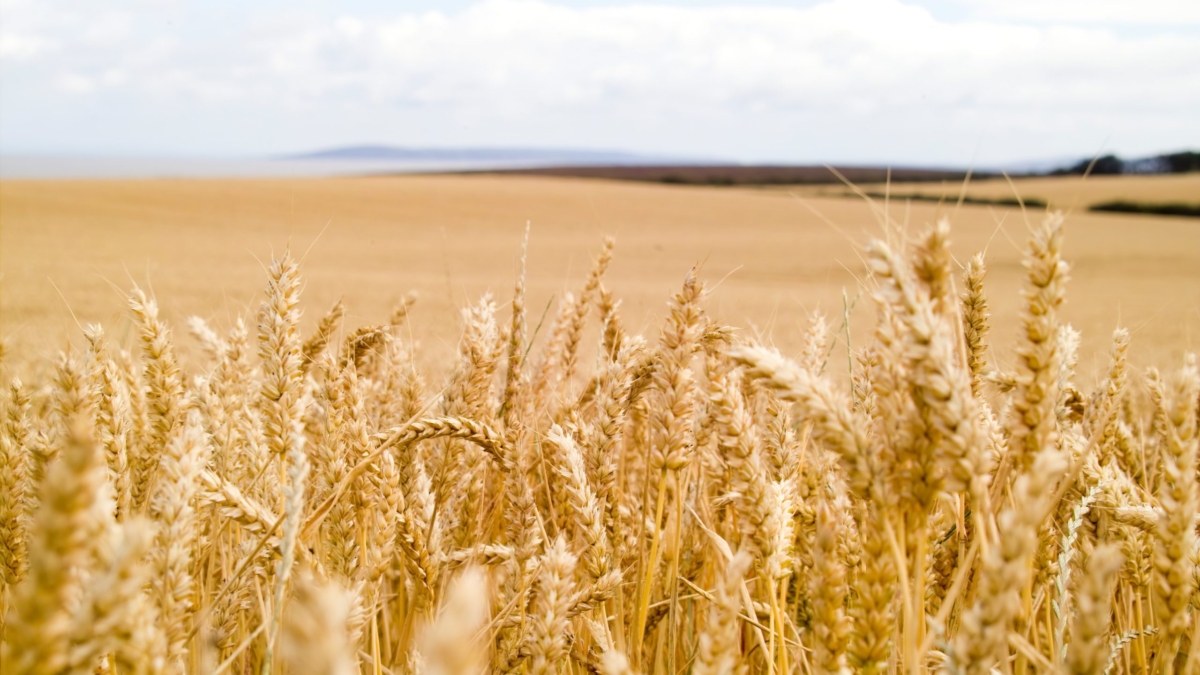A 5th grade teacher friend told me about how she is trying to keep her students engaged as they continue their learning from home. “There’s a limit to the number of math worksheets you can give them,” she explained. “Have them read anything, the back of the cereal box, just as long as they’re reading!” She was hitting on the problem of keeping her students engaged from a distance, but also wanting real-world and authentic experiences that she can no longer provide in person.
One way to overcome this challenge is with live streaming videos of real National Geographic Explorers, scientists, engineers, and conservationists right at home. This is exactly what teacher Joe Grabowski started doing in his own classroom several years ago. His methods and results were so successful, he was selected to become a National Geographic Explorer in 2017 and soon after became National Geographic’s first Education Fellow.
So how can your students benefit from what National Geographic and Joe have started? Two ways, actually.
National Geographic Explorer Classroom
Explorer Classroom connects classrooms around the world with National Geographic Explorers, bringing science, exploration, and conservation to life through live video events. Students have the opportunity to ask the explorer their questions directly. Each month Explorer Classroom features a new theme and provides supporting resources for educators. Throughout the school year, classes can also join explorers live on expedition through their In the Field series.
To help students stuck at home, starting March 23, Explorer Classroom is launching a daily broadcast at 2pm Eastern time. This is in addition to other scheduled events throughout the day/week. They have also set up Family Guides for parents to help students learn more about the Explorers and the topics they study including pre- and post-session activities and questions.
Every talk is recorded, so if you can’t attend live to ask questions in person, you can view over 100 past talks with Explorers any time on National Geographic Education’s YouTube page.
Exploring By The Seat of Your Pants
Exploring By The Seat of Your Pants is the nonprofit set up by Explorer and teacher Joe Grabowski with dozens of live events each month streaming Science, Exploration, Adventure, and Conservation into classrooms across North America. Joe and his team host guest speakers and take students on virtual field trips with leading experts from around the world using special transmitters to broadcast live into classrooms and homes from the most remote regions on the planet. Since September 2015, they have run well over 1,000 live events connecting hundreds of thousands of students to scientists and Explorers in over 70 countries.
Their news series starting this month, Coronavirus Can’t Stop the Virtual Classroom, was created specifically for students and parents at home.
These talks are recorded as well and you can view hundreds of them on-demand at the Exploring By the Seat of Your Pants YouTube page.


